Premium tin box...
Knowledge about metal box printing
Metal box printing is to transfer text, pictures, photos, anti-counterfeiting and other manuscripts through procedures such as plate making, ink application, and pressure, so that the ink is transferred to the surface of the tin-plated iron material. It mainly uses the physical properties of water and ink to repel each other, and uses the pressure of the printing press to transfer the printing plate graphics to the tin-plated iron via a blanket, which belongs to the principle of offset printing. This process has special requirements for printing inks.
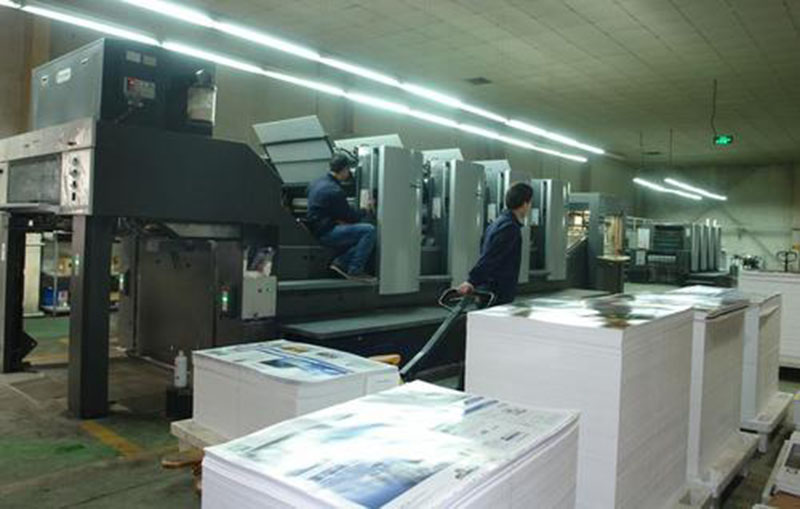
Principle of metal printing:
Metal box printing also uses the physical properties of water and ink repellency. With the help of printing pressure, the printing plate graphics and text are transferred to the tinplate via a blanket, which belongs to the principle of offset printing. Due to the special physical and chemical properties D and the reprocessing performance of printed matter, the printing process is quite different from ordinary offset printing.
Metal box printing has special requirements for ink:
(1) The ink is required to have good adhesion and mechanical properties
Since metal box prints are ultimately made into food cans, toys, metal photo frames, and barrels and cans for chemical products, they need to be cut, bent and stretched. Therefore, the printing ink is required to have good adhesion to the iron plate and corresponding The mechanical properties. In order to improve the ink adhesion, the iron plate needs to be whitened before printing. White is the base color of all pictures, with high brightness. After adding other high-energy hues, the brightness of each hue can be increased to form a color gradation.
(2) Requirements for white ink
The surface of the metal box is silvery white (or yellow) with metallic luster. Before printing color graphics, the surface needs to be painted or printed white. Due to the limitation of ink coverage, monochrome machines often need to print white twice. The degree can reach 75%. Whiteness is an important indicator of the quality of metal box printing products. The white ink is required to have a good bonding force with the primer, and it will not yellow after repeated high-temperature baking and will not fade after high-temperature steaming. Priming tinplate can increase the adhesion to the tinplate and has a good adhesion to the white ink. Commonly used primers are epoxy amine-based, with light color, no yellowing or aging after repeated baking, and good flexibility and impact resistance.
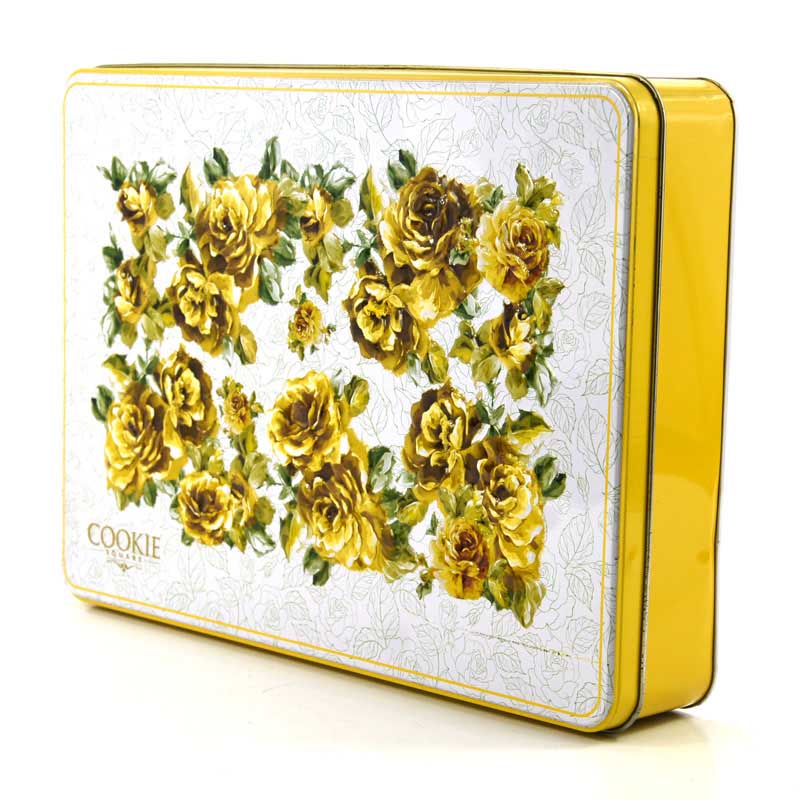
(3) Requirements for color ink
The color ink printed on the metal box needs special requirements in addition to a certain degree of water resistance. Since the surface of the metal box does not penetrate moisture and solvents, it needs to be baked and dried, so the ink should be heat-curable. High requirements for pigments' tinting strength and durability. In addition to the basic properties of general offset printing inks, iron printing inks should also have heat resistance, strong ink film adhesion, impact resistance, good hardness, cooking resistance and light resistance according to the characteristics of iron printing.
(4) Ink drying process
In the production of metal box printing, the drying of ink is a complex physical and chemical reaction process. It is necessary to reasonably control the ink drying speed and master the physical and chemical mechanism of ink drying in order to effectively carry out fast printing operations and ensure product quality. Drying the ink too fast will reduce the normal transfer performance of the ink and affect the normal production; it will cause the imprint to be weak, the ink color will fade, and the ink drying on the surface of the printing plate and ink roller will block the ink during the transfer; dry the printing plate graphics The layer expands outward; the excessive amount of desiccant will increase the ink absorption and the blank part will become dirty. The ink drying too slowly can cause overprinting difficulties, adhesion, adhesion, etc., and the firmness is reduced; it is easy to cause scratches during the conveying process. Therefore, the drying speed of the ink should be appropriate, too fast or too slow is disadvantageous.
(5) Special structure of printing equipment
Due to the different substrates, the auxiliary mechanism of the metal box printing machine is also different from the paper offset printing machine. The metal box is insoluble in water and does not absorb solvent, so the printing ink needs to be baked at a high temperature to make the solvent volatilize and solidify. Therefore, a drying room is generally required in the printing process device. The entire metal box printing automatic line generally has a total length of more than 50 meters, which is precise and large. In addition, the metal box printer is controlled by magnets for split and double sheets. The high hardness of the metal box material also determines that the advanced continuous iron conveying structure cannot be used in the printing process. The structure of the push, level and stacking parts are all An offset press different from printing paper.
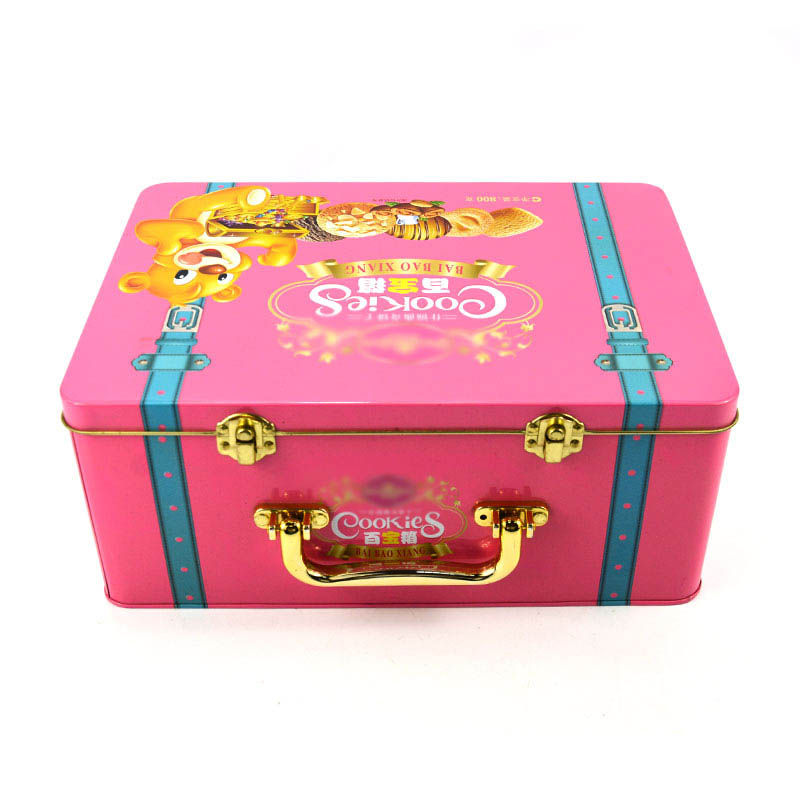
Metal box printing process
1) Metal box lithography process:
The biggest feature of lithographic printing is that the print (the part that adheres to the ink) and the non-print are on the same plane. The mainstream of lithographic printing is to print the ink on the blanket cylinder, and then print on the paper by the pressure cylinder. Because the printing plate will not directly contact the paper, the ink will not bloom, so it is very suitable for high-quality printing, even if the paper is smooth. There is a chance to overcome the poor, and it is easier to make a plate made of aluminum metal plate.
2) Hot stamping process of metal box:
The hot stamping process is expressed by heating the desired hot stamping or silver pattern into a relief plate, and then placing aluminum foil paper of the desired color on the printed matter, and after pressure, the aluminum foil is attached to the printed matter. After heating the metal plate, the post-processing technology of stamping the pattern on the paper through the tin foil is popular and widely used because of its bright visual performance.
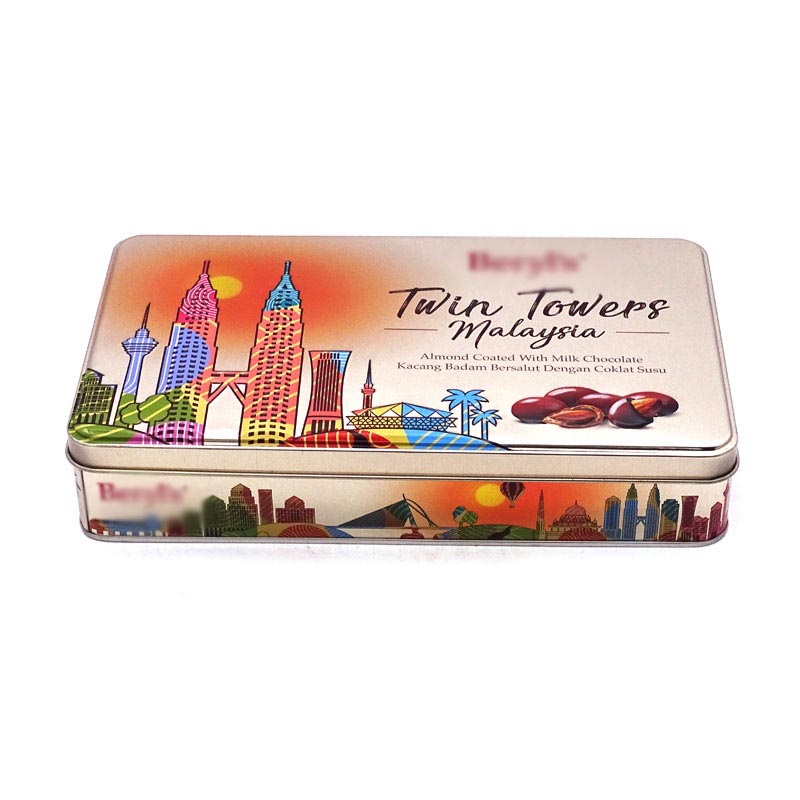
3) Metal box letterpress printing process:
Letterpress printing means that the graphic part of the printing plate is higher than the non-graphic part. The ink on the ink roller can only be transferred to the graphic part of the printing plate, and the non-graphic part has no ink, thus completing the printing of the printed matter. A traditional printing technique in which metal movable type or metal engraved plate is rolled with ink and then imprinted on paper. The pressure on the metal plate can be adjusted according to requirements to form a rather deep three-dimensional impression.
4) Metal box inkless imprinting process:
A processing technology that uses a metal plate but does not heat, tin foil, and does not stick to ink to directly press on the paper. It is suitable for presenting the original texture of the paper or expressing it in a minimalist style.
5) UV printing process of metal box:
It is printed by special ink that dries when exposed to UV light. It is suitable for paper that is not easy to dry, or other flat materials such as acrylic and wood.
6) Screen printing process of metal box:
Screen printing is a method of hollowing out the print on the printing plate and allowing the ink to transfer through the mesh. When the substrate is made of glass, metal, plastic and other materials, or curved surfaces such as bottle-shaped, can-shaped, or special printing needs such as floating effects, screen printing is mostly used.
7) Metal box lithography process:
Lithographic printing is a fast and stable mass printing technology. It is widely used in various paper materials and can use various inks. It is a very good and economical choice when the production demand is large.
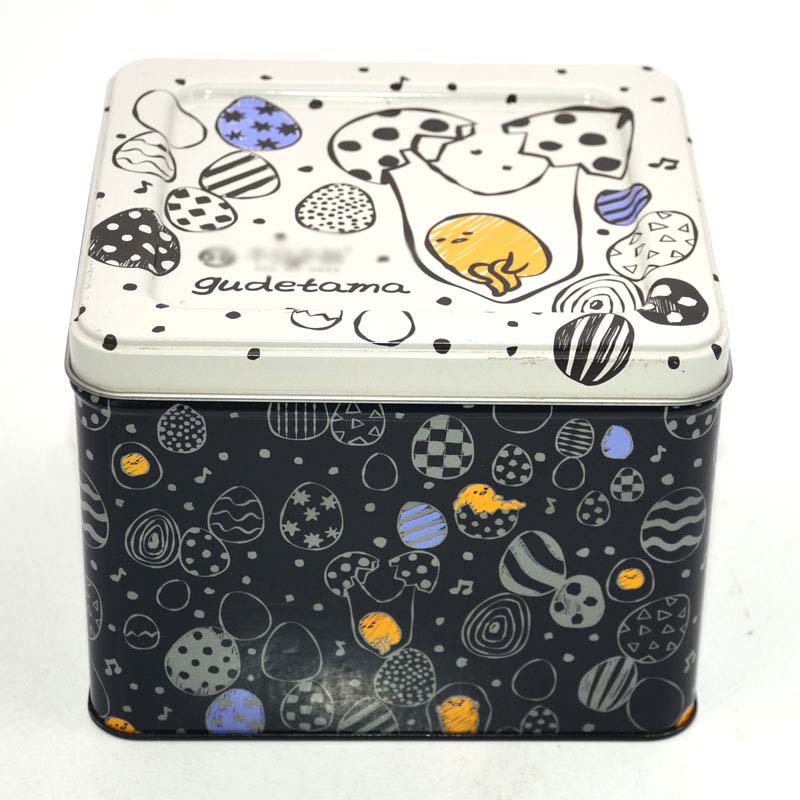
8) Screen printing process of metal box:
It is a traditional process of printing using a screen made of nylon thread. Most of the paper printing can only be used for one-color or several-color registration printing. Since it is semi-manual production, it is not necessary if there is overlapping colors. Suitable for productions with high precision requirements.
9) Screen printing process of metal box
For screen printing on the surface of the metal box, the surface must be pre-treated. The pre-treatment process of the metal surface is also called pre-press processing. There are many ways to pre-treat the surface of the metal box, such as degreasing, polishing, wire drawing, oxidation, sanding, painting, etc. These processes can be used individually or in combination according to the different requirements of the product and the underlying material to achieve the desired effect.



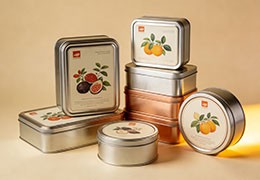

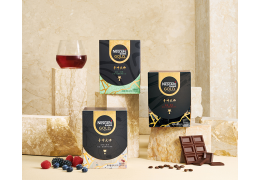
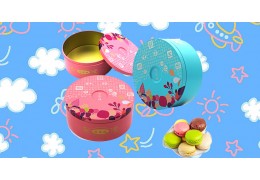
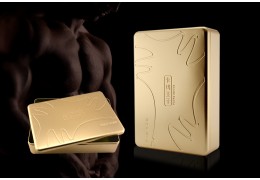
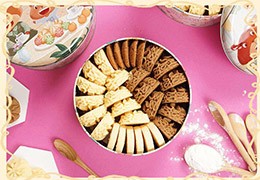
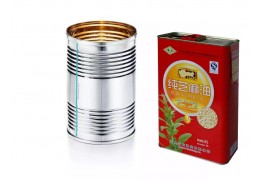

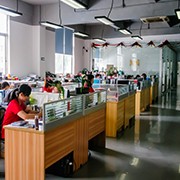

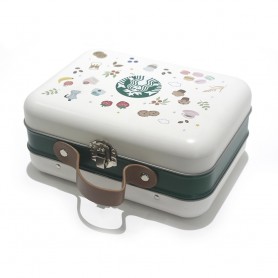
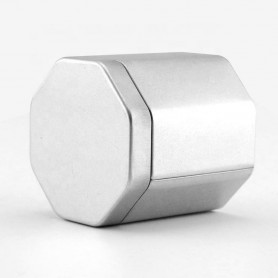
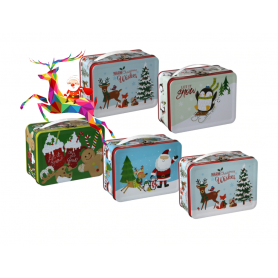

Latest comments